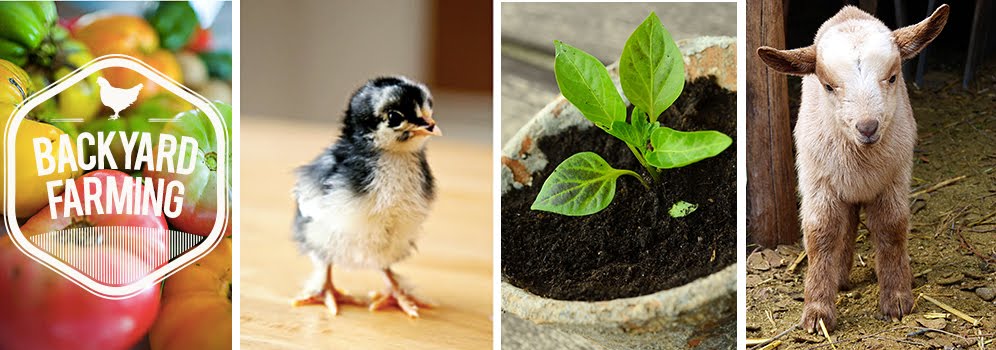By Liz Greene
You’ve had your chickens for a while, you’re comfortable with their care and upkeep, and you’re thinking about expanding your little to farm to include some more critters — but you’re a tad short on ranging space. The solution, of course, is to range your new animals with the chickens. However, some creatures share space with chickens better than others, so it’s important to pick the right range mates for your flock.
Horses
Horses and chickens are a match made in heaven. Chickens provide a number of horsekeeping benefits. They pick up fallen kernels and pellets, keeping your horse from mouthing the ground to find bits of feed — a practice that can lead to ingestion of dirt and sand. Chickens also eat undigested feed and seeds that pass through manure, thus saving money by reducing feed waste.
Chickens eat flies, worms, grubs, bees, and all other manner of bugs. If they can catch it, they’ll eat it — which means it won’t be aggravating you or your horse. Furthermore, chickens love digging through manure to find worms and other tasties. Give them a pile of horse droppings and they’ll have the manure broken down and spread around in no time.
Chickens are surprisingly good for mellowing out a spooky horse. A horse with exposure to poultry won’t be startled by sudden movements, loud noises, or the occasional appearance of an egg.
It’s important not to let chickens graze with horses that have been given chemical de-wormers or any medication. It’s also necessary to keep chickens out of the horses’ hay due to salmonella concerns.
Goats and sheep
Goats and sheep are a popular choice for small farms and homesteads. You can allow goats, sheep, and chickens to range together with few problems. Just as with horses, chickens will pick up grain the goats and sheep drop, cutting down on food waste. They’ll be just as happy to eat the bugs that plague your hooved beasties. As an added benefit, chickens will provide companionship to the sheep and goats — and vice versa!
Guinea Fowl
Guinea fowl are the most compatible birds to keep with chickens, but they can be bullies. Most of the time it’s little things, like pushing hens off roosts and scattering the flock; however, if they pick a favorite mark, they can be relentless in their pursuit of a victim.
If you plan to keep both chickens and guineas on your farm, make sure to give them extra space to range. While some people house the birds together, it’s probably better to give the guineas their own quarters to avoid problems.
Fencing
No matter what animals you decide to keep with your chickens, it’s important to install proper fencing. The right kind of fence will keep your critters from making a run for it, and thwart the plans of stealthy predators.
If your horses and chickens are ranging together, wire mesh fencing is perfect for restraining everyone. If you’re keeping chickens and goats together, goat panels with four inch openings should work well to keep everyone contained.
However, one of the best ways to stop predators is electric fencing. To deter wolves and coyotes, fences should have seven wires, spaced equally six to eight inches apart to a height of 54 inches.
The most important wire will be the ground wire, which should be placed four to six inches from the ground to keep predators from digging under — and to keep chickens from simply waltzing out.
A Note on Chicken Feed
Chicken feed contains a high level of protein and carbohydrates that can be dangerous to most large animals. Horses and goats are particularly sensitive to chicken feed as eating too much of it can cause bloating and death.
Arrange for your chickens to be fed inside the coop and make sure there is absolutely no way the other animals can get inside. Remember that goats are very clever and persistent at getting to what they want. They may climb through coop windows and will try to squeeze through any door.
Adding more animals to your farm will require more work, but you’ll find that you love them just as much as you love your feathered friends. And besides, watching them interact with each other will be almost as much a reward as the other benefits of animal husbandry.
Liz Greene hails from the beautiful city of trees, Boise, Idaho. She’s a lover of all things geek and is happiest when cuddling with her dogs and catching up on the latest Marvel movies. You can follow her on Twitter @LizVGreene or delve deeper into her internal musings at InstantLo

























